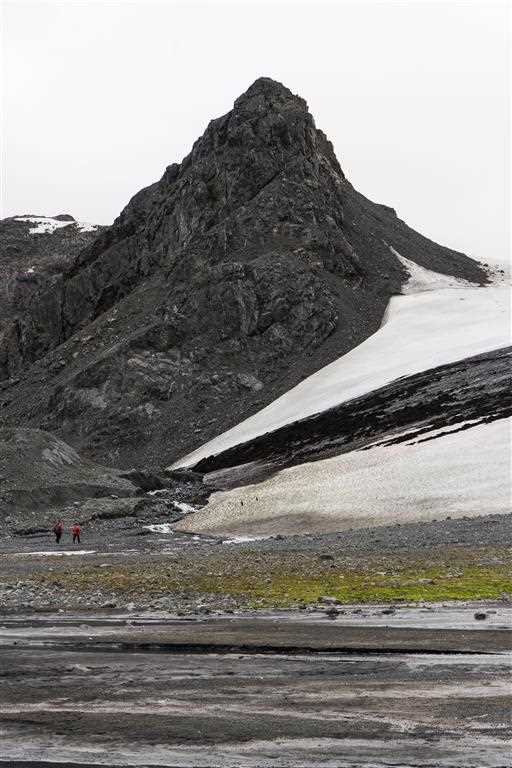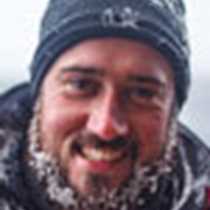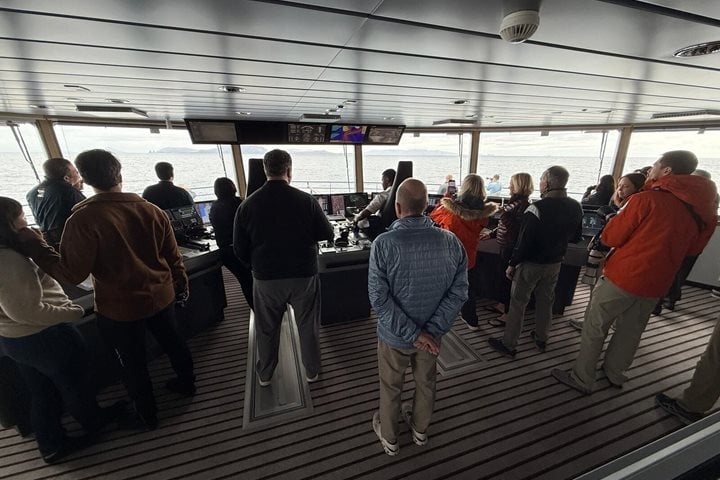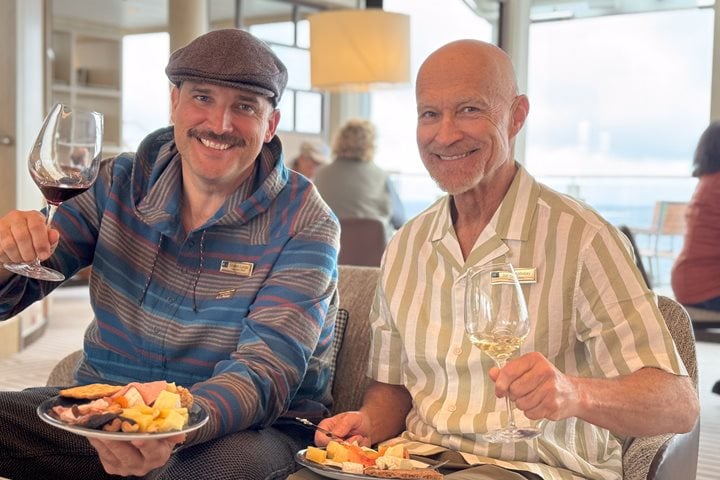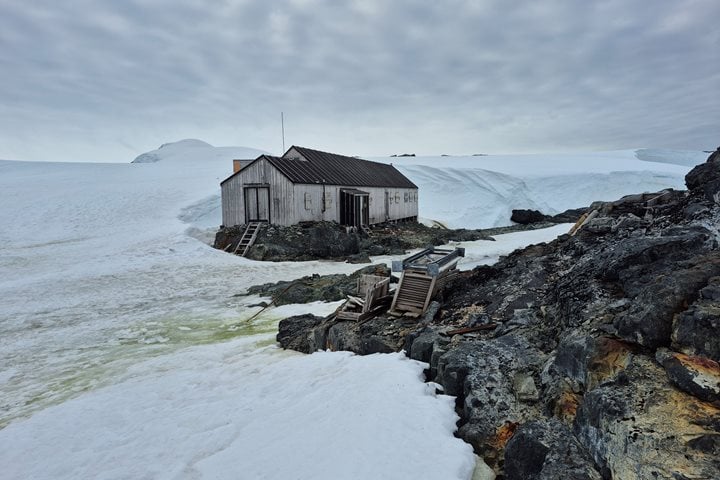We continue to head north, moving away from the Antarctic Peninsula itself and over to the South Shetland Islands which lie across the Bransfield Strait to the northwest. These islands have quite a different climate to where we have come from, being wetter and milder much like their northern namesakes. This makes for a slightly different landscape to what we’ve already seen. Most notably, we see a lot more green than we have seen further south, which is particularly apparent at this time of year.
Our first stop of the day, Sally Rocks, showed plenty of this green in the flats just above the beach, which then led up towards a sloping glacier. Near the water we saw an abundance of seals, including southern elephant seals, and Weddell seals, as well as fur seals. The shoreline was scattered with various animal bones and pieces of wood which washed up on the swell-battered beach. This landing also presented us with an opportunity to climb up alongside the edge of the ice, to get a view out over this river of ice.

